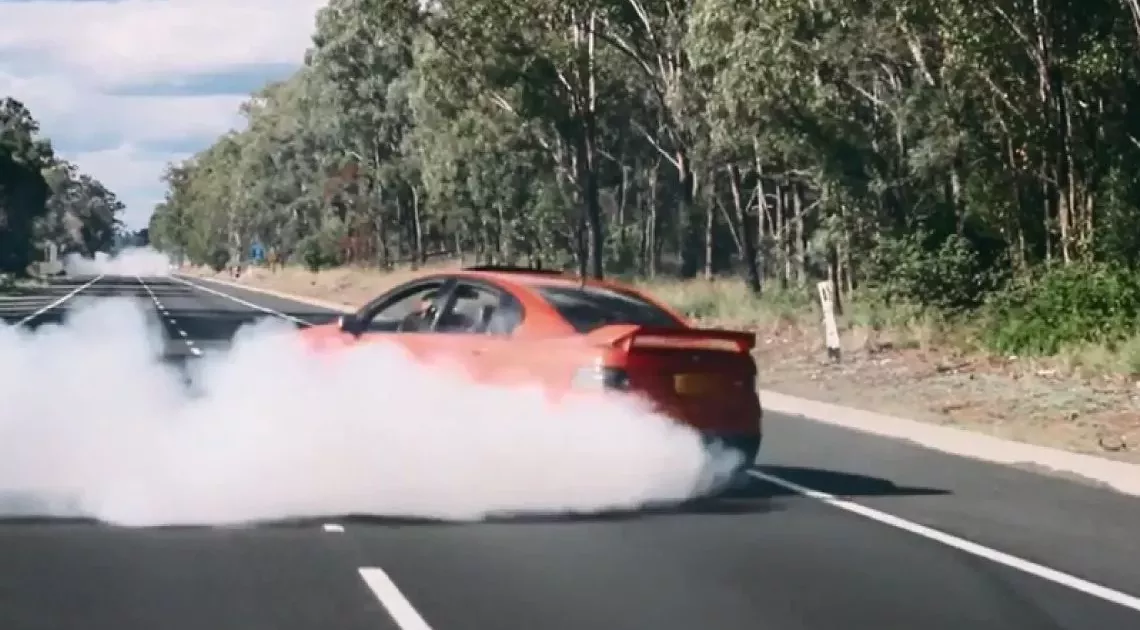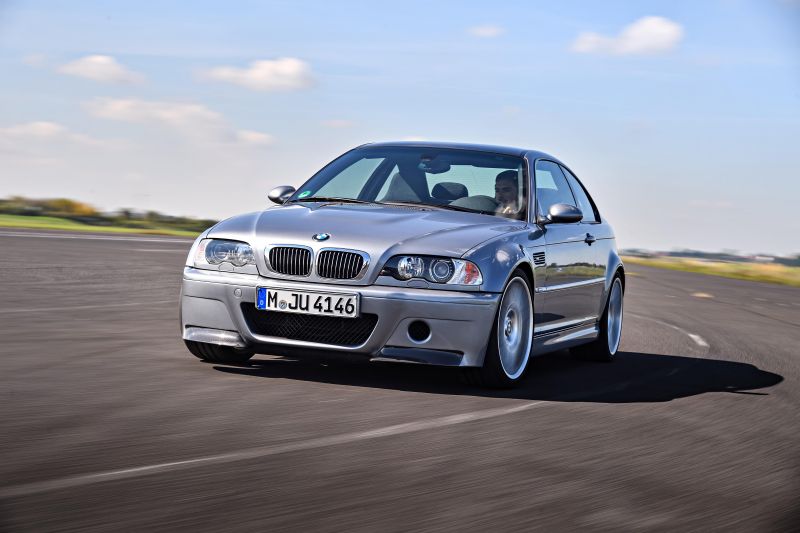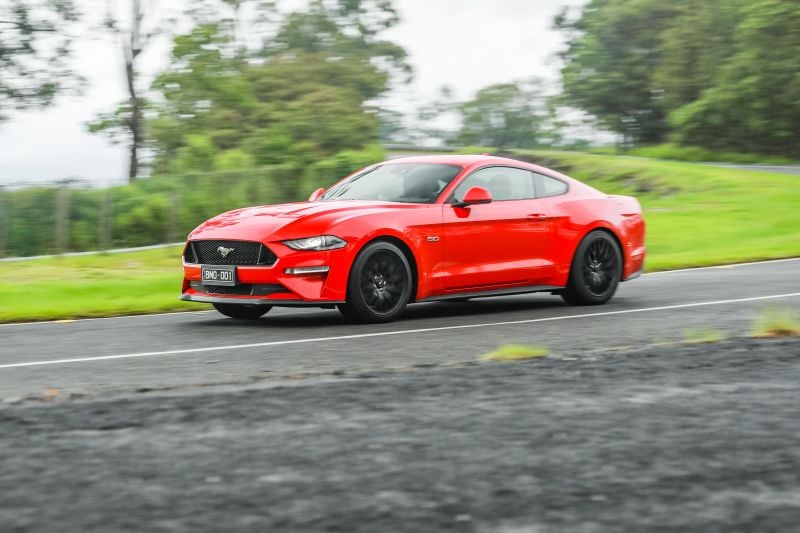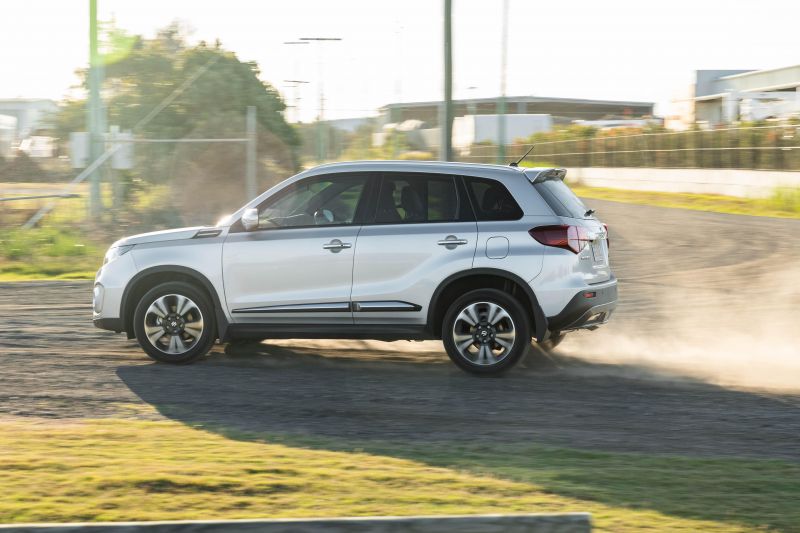I want to discuss offences relating to a loss of traction, more commonly known as burnout offences.
With the ever-increasing number of car shows and gatherings that car enthusiasts attend, combined with the large number of enthusiasts filming these events, it is possible to fall foul of the law. These offences do not have to be precipitated by police seeing you, and can come from video or CCTV footage being handed to or seized by police.
In New South Wales, the legislation governing these offences is essentially contained in s116 Road Transport Act 2013, which deals with “Conduct associated with road and drag racing and other activities”.
There are two forms: loss of traction as referred to in subsection (1) or aggravated loss of traction as referred to in subsection (2).
This in summary states:
(1) A person must not operate a motor vehicle on a road in such a manner as to cause the vehicle to undergo sustained loss of traction by one or more of the driving wheels (or, in the case of a motor cycle, the driving wheel) of the vehicle.
(2) A person must not:
(a) operate a motor vehicle contrary to subsection (1) knowing that any petrol, oil, diesel fuel or other inflammable liquid has been placed on the surface of the road beneath one or more tyres of the vehicle, or
(b) do, or omit to do, any other thing that prolongs, sustains, intensifies or increases loss of traction as referred to in subsection (1), or
(c) repeatedly operate a motor vehicle contrary to subsection (1), or
(d) operate a motor vehicle contrary to subsection (1) at a time, or on a road in a place, knowing that there is an appreciable risk that operation of the vehicle in that manner at that time and place is likely to interfere with the amenity of the locality or the peaceful enjoyment of any person in the locality or make the place unsafe for any person in the locality, or
(e) willingly participate in any group activity involving the operation of one or more vehicles contrary to subsection (1), or
(f) organise, promote or urge any person to participate in, or view, any group activity involving the operation of one or more vehicles contrary to subsection (1), or
(g) photograph or film a motor vehicle being operated contrary to subsection (1) for the purpose of organising or promoting the participation of persons in any such group activity.
The legislation goes on to say the following:
It is a defence to a prosecution for an offence against subsection (1) or (2) if the defendant proves to the court’s satisfaction that the vehicle, although operated as referred to in subsection (1), was not so operated deliberately.
In considering whether an offence has been committed under subsection (2) (d), the court is to have regard to all the circumstances of the case, including the following:
(a) the nature and use of the road on which the offence is alleged to have been committed,
(b) the nature and use of any premises in the locality of the road in which the offence is alleged to have been committed.
I had cause to run a defended hearing in Sydney for a client who was a motoring journalist and was charged pursuant to s116(1). He had picked up a test vehicle, which was an E46 BMW M3 CSL from North Sydney and was driving to his office in the city on a cold winter’s morning.
Turning left into a street off George Street and in full knowledge that the police were facing him travelling in the opposite direction, the rear wheels momentarily lost traction and kicked to the right. He was pulled over and charged with loss of traction.
The matter went to hearing and we presented evidence to the prosecutors that firstly it was not a deliberate or sustained loss of traction and was inadvertent. Secondly, we had evidence from the manufacturer that indemnified BMW from liability, warning that the tyres used by them and produced by Michelin were problematic in the wet and cold.
Similarly, we had evidence from a tyre provider who provided tyres for race cars corroborating that evidence and accordingly the prosecution withdrew the case. The key components of this offence pursuant to subsection 1 are a deliberate and sustained loss of traction.
If you are charged with the offence pursuant to subsection 1, the maximum penalty is a fine of 10 penalty units.
Of equal if not greater concern are the more serious offences created by subsection 2 in operating a vehicle contrary to subsection 1.
If you are charged with the more serious offence under subsection 2, the maximum penalty available to the Court will depend on whether this is a first or second and subsequent offence. In the case of a first offence, the maximum penalty is 30 penalty units. In the case of a second or subsequent offence, the maximum penalty is a fine of 30 penalty units and/or a period of imprisonment for nine (9) months.
Furthermore, on conviction for an offence under subsection 2 (that is, points a to d of subsection 2) where you are the driver of the vehicle, a disqualification period of 12 months will be imposed or, if the court sees fit, a greater or lesser period.
I had cause to recently act for a client who had been charged with an aggravated loss of traction pursuant to section 116 (2)(b) above.
The incident had occurred at Sydney Olympic Park and had taken place at night. The basis of the police charge was the CCTV footage provided by Sydney Olympic Park to police.
On being retained and analysing the evidence I wasn’t satisfied that it supported the more serious charge in that my client didn’t “do, or omit to do, any other thing that prolongs, sustains, intensifies or increases loss of traction”. The car had been turning right having stopped at a T intersection and had lost traction for a brief period but was enough to satisfy a sustained loss of traction.
I made representations to the police officer involved who was receptive to a consideration of the lesser charge under subsection (1) however was overruled by his superiors.
At the hearing, after detailed discussions with the prosecutor and a careful presentation of the inadequacy of the evidence, it resulted in an amendment of the charge to what I had earlier suggested to which my client pleaded guilty and was dealt with without a conviction.
So again, keep in mind how easy the charges can flow for an alleged moment’s indiscretion.
The article as written is for your information and interest only. It is not intended to be comprehensive and does not constitute and must not be relied on as legal advice. Please be aware that every case is different and the matters I am raising may not be of specific relevance to your situation but may have a general application and you must seek specific advice tailored to your circumstances. I will also gladly talk to anyone on the phone if confused or want clarification.





